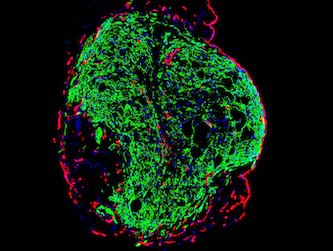Posted 17 October 2023

Rare genetic diseases have the disadvantage of not only being inevitable for someone with the specific hard-wiring to develop them, but also because, by virtue of the relatively small population affected by them, they are often rarely studied.
Friedreich ataxia is just such a disease. Ataxias are rare neurological diseases that affect movement, speech and come with a range of other symptoms. Affecting around 1 in 30,000 people in Australia and New Zealand, Friedreich ataxia is the most common form of hereditary ataxia.
Supported by a Fellowship from the Marian & E.H. Flack Trust, Dr Jarmon Lees and his team from the Cardiac Regeneration Lab are focussed on developing new treatments for its most common complication, heart disease.
“Friedrich ataxia is caused by a mutation in the Frataxin gene resulting in neurological symptoms, but also very frequently, heart disease. This is the leading cause of death in people affected,” says Jarmon.
There is currently no treatment to slow the progression of Friedreich ataxia heart disease, so Jarmon is taking a novel approach to finding one.
“We take ordinary cells from someone with Friedreich ataxia and coax them into becoming stem cells. Stem cells are the building blocks of everything so they give us a window into the causes of the disease, and allow us to look at new treatments,” says Jarmon.